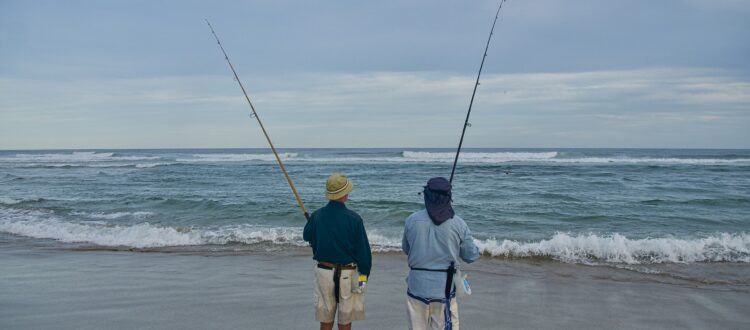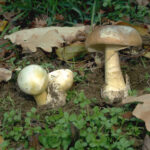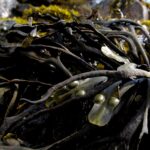
Seafood is generally safe and healthy, but each year Australians are affected, and even hospitalised, from illnesses such as bacterial and fish parasite infections, scombroid poisoning and ciguatera poisoning from their own catch.
Cathy Moir, Chair of the Food Safety Information Council, said that many of these cases could be significantly reduced with knowledge on what to look out for and correct handling methods.
In the lead up to the Easter break the Council today released food safety advice to Australia’s estimated 4.2 million recreational fishers, as well as general consumers.
‘Recreational fishing is an important leisure activity for Australians of all ages and backgrounds but there are a few tips for fishers to follow to make sure their catch doesn’t make them or their families sick,’ Ms Moir said.
‘Here are 5 tips to help make sure your catch is safe:
- Firstly, always be aware of warnings from local authorities about any pollution risks in the waters where you are fishing. This includes chemical contamination, flood water contamination by sewage, blooms of algae, or shellfish toxins. We recommend not gathering shellfish or crustaceans but to purchase them instead from reliable retailers as they are a particular risk of contamination.
- It is very important to chill fish using ice or an ice slurry as soon as possible after capture, particularly for large predators such as tuna, mackerel, marlin, skipjack and bonito, to prevent bacterial growth and keep caught fish fresh longer.
- Two main tips that address the impact of parasites are to gut the fish as soon as you have caught it and to either freeze or cook the fish to 63°C to kill any parasites.
- Care should be taken when eating Oilfish for the first time and it should be avoided if you are pregnant or have bowel problems.
- Fish is great for your health however, some of the larger species of fish, such as Orange Roughy, Catfish, Shark, Marlin and Swordfish, have levels of naturally occurring mercury. Pregnant women or women planning pregnancy and children should only eat 1 portion per week of Orange Roughy (Deep Sea Perch) or Catfish and no other fish that week, or 1 portion per fortnight of Shark (Flake) or Billfish (Swordfish/Broadbill and Marlin) and no other fish that fortnight. A portion size for a child 6 years and under is 75g and a portion for a pregnant women or women planning pregnancy is 150 grams. For the rest of the population 1 portion is 150 grams and they should eat only 1 portion per week of Shark (Flake) or Billfish (Swordfish/Broadbill and Marlin) and no other fish that week see more information here
‘Also, we recommend you don’t gather seaweed from the shore because of contamination from sea creatures, sewage, pollutants and microplastics. Additionally, naturally high levels of iodine in some brown seaweed can be particularly harmful to foetuses and the young so pregnant and breastfeeding women, and children, should not eat seaweed.
‘Finally, a reminder for those who are picking up their seafood from a retailer this Easter to always transport your seafood straight home in a cooler with ice and then refrigerate at 5°C or under,’ Ms Moir concluded.
Find out more about seafood food safety at Recreational fishing and food safety
Further information on identifying species:
Media contact:
Lydia Buchtmann, Food Safety Information Council, 0407 626 688 or info@foodsafety.asn.au



